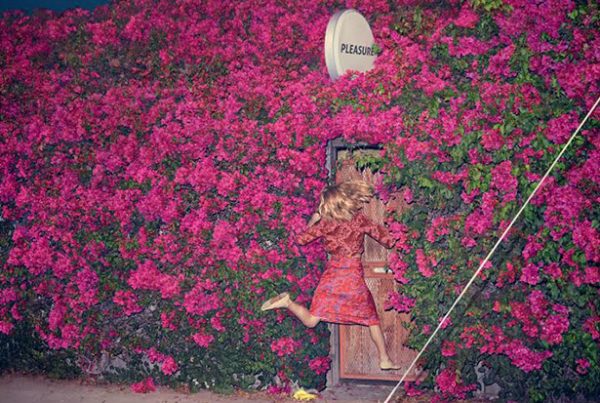You have three hours of unexpected childcare so you decide to head off to see Terrence Malick’s new film, The Tree of Life. You’ve heard a few polarizing reviews (“it’s pompous,” “it’s profound,” “it’s visual poetry,” “it looks like a bunch of Mac screensavers.”)
Everything you’ve heard is true and untrue. This film is ripe for parody. You are launched to the outermost boundaries of life (from atoms to galaxies). You move from holding your breath to scratching your head. There are moments so staggeringly earnest and ecclesiastical you actually laugh out loud. But nested inside it all is the most transporting and daring expression of boyhood and brotherly love you have ever experienced. Set in postwar, smalltown America, The Tree of Life is equal parts cruelty and tenderness, grief and rapture, dread and relief. It is a story composed of often-wordless scenes that seem to pass obliquely across the screen—mirroring the way memories enter consciousness, or the way boys move through the world (swinging on trees, running aslant, scanning things peripherally).
There is no question this is an imperfect work. You do not love the Christian tone but you do love how the non-secular stance opens up to the larger world and expands your perspective. You don’t love the heavy-handed coda but you do love the intimacy that arises when the shield of irony is eliminated.
In the end, you surrender to the film. Ambitious, epic, completely original, sometimes embarrassing, you feel like thanking Malick personally for his enormous audacity. When was the last time you were in the presence of a work that overreached to such a glorious extent? (God bless the artist who veers from well-trodden narrative routes, who risks the wrong-turn.)
The next day when someone asks you, “Did you like it?” You decide to shed any airs or distance, and answer honestly: “I loved it.”



